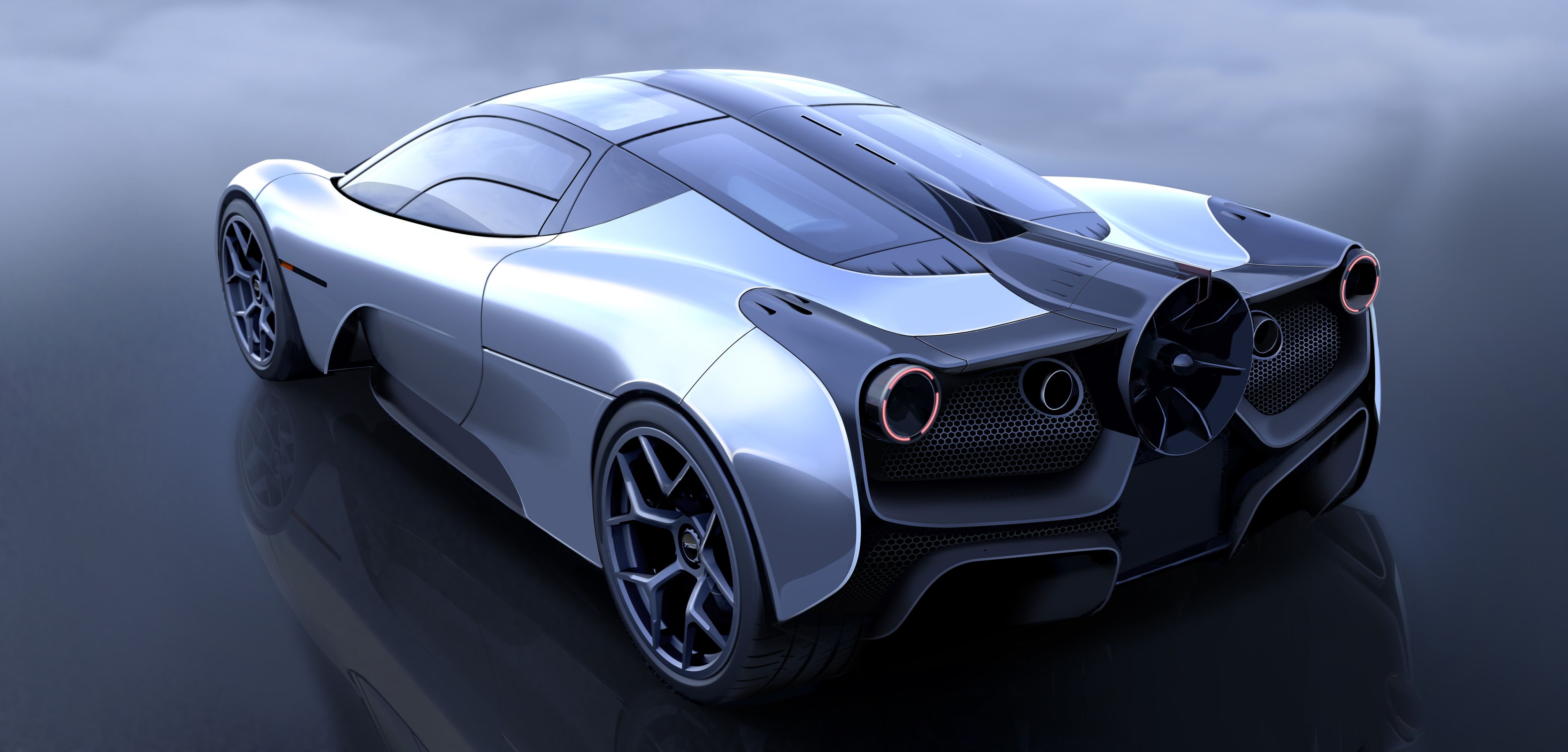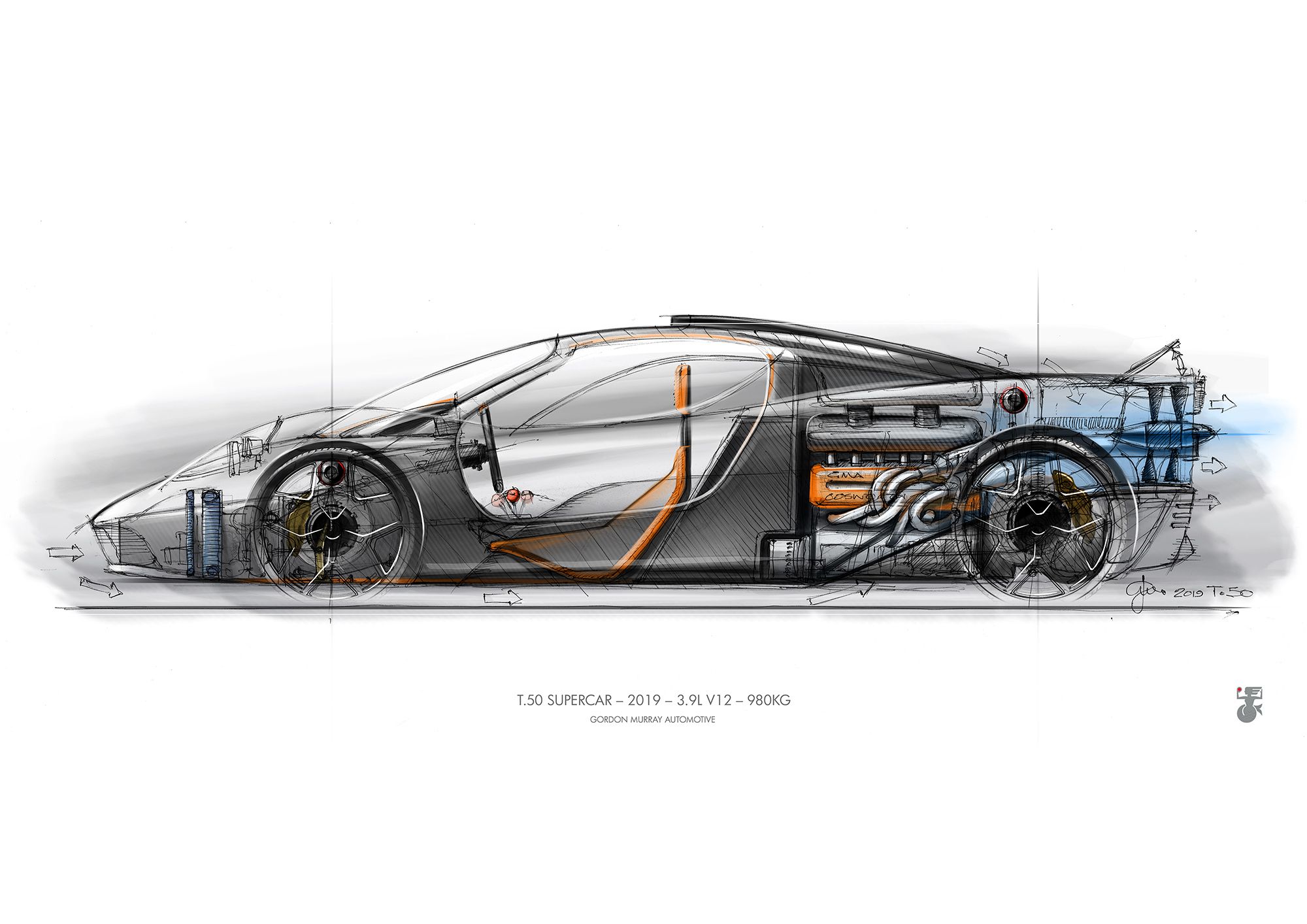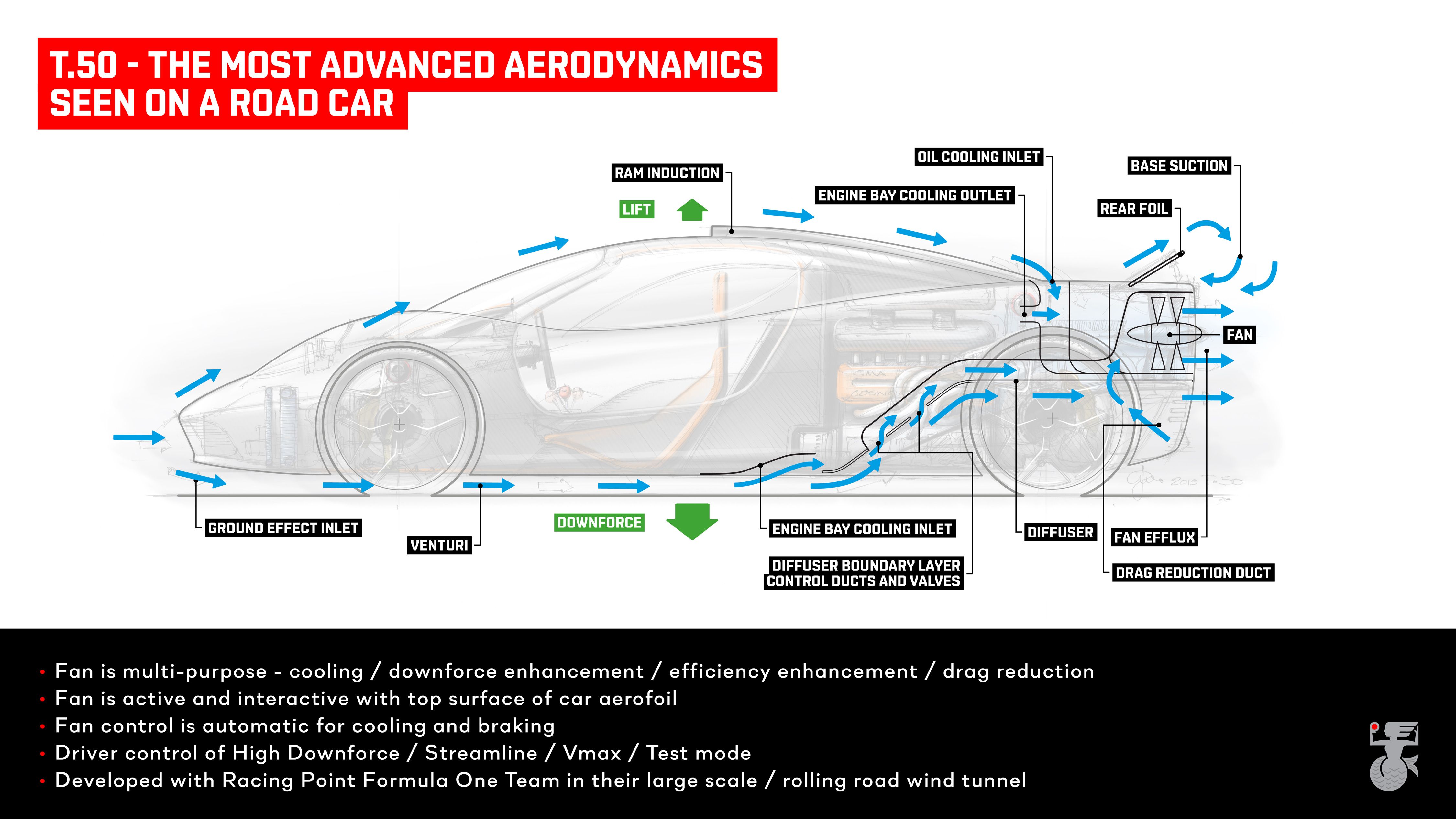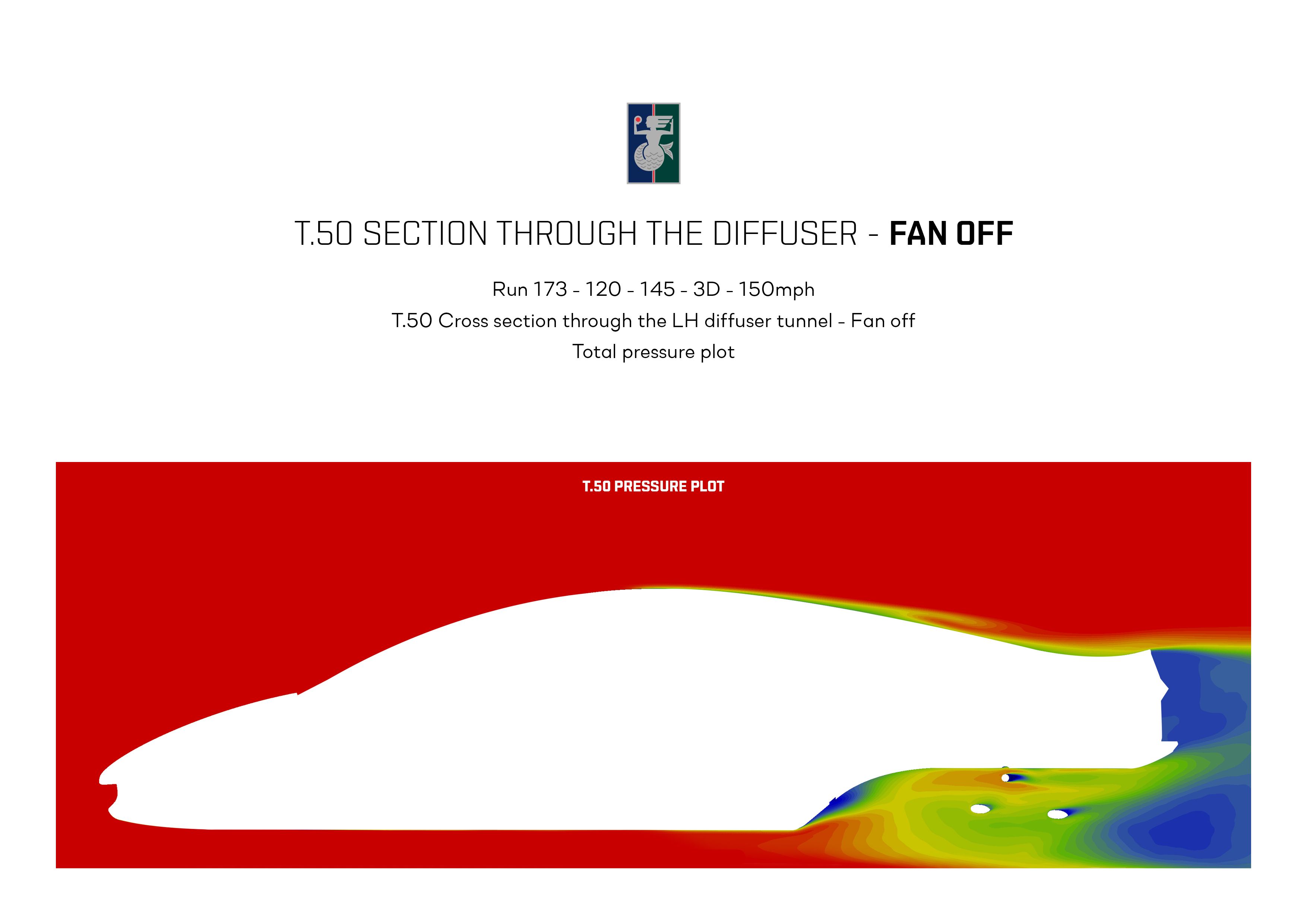The Gordon Murray T50 Hypercar was officially announced back in mid-2019 as a spiritual successor to the legendary McLaren F1,, but we’ve heard precious little about it ever since. A few months after the T50’s announcement we learned that Gordon Murray was planning to race the T-50 in the 24 Hours of Le Mans, and then in December we learned about its crazy aerodynamics. But what about the V-12 engine that will power the beast that is the T50? Well, we’ve now learned that Cosworth will begin testing a production-ready prototype of the 3.9-liter V-12 that will serve as the T50’s heart..
The V-12 That Will Power the Gordon Murray T50
Gordon Murray commissioned none other than Cosworth Engineering to build what is being touted as “the greatest road car V-12 ever made.” Those are very bold words, even from a company as legendary in the business as Cosworth, but once you read what we have to say below, you’ll understand why there’s so much confidence behind this specific V-12 engine.
The T50 will be powered by a 3.9-liter V-12 that sets a handful of records. It’s billed as the lightest V-12 ever made at just 180 kg (396.832 pounds), and it’s 12,100 rpm rev limit is the highest of any V-12 engine ever produced for a road car. On top of this, its power density of 166bhp per liter is also the best the world has ever seen. However, all of this has – for the most part – been theory. A production-ready prototype has been largely absent, and Cosworth has been testing three-cylinder 12-valve prototype engines (exactly one-quarter of the full engine) as it puts a long list of special-built components to the test. This includes the following:
-* Aluminum Pistons
-* Titanium Valves
-* Titanium Connecting Rods
-* Gear-Driven Cam Drive
-* Crank-Driven 48-Volt Starter-Generator
With testing of the three-cylinder prototypes and part refinement complete, a production-ready prototype of the full V-12 has been built, and it begins testing this week. So what now?
Well, the good news doesn’t stop here. According to Autocar, Gordon Murray Automotive (GMA) testing has proven that the V-12 will meet emission targets and exceeds original power output expectations. So, the original expected output of 641 bhp at 11,500 rpm has been lifted to 663bhp. Remember, this is a naturally aspirated engine, and there’s a good reason for that.
In an interview with Autocar, Gordon Murray explained why he chose to avoid forced induction, and it has to do with that spiritual nod to the McLaren F1.
It’s not just the sound and performance of the engine that nods back to the McLaren F1, though, as the car itself will feature the same three-car layout as the old-school F1. The V-12 is important, though, as its low-weight, low mounting, and how compact it is will play a crucial role in the way the T50 handles. After all, the T50 should tip the scale at 980kg, 180 kg of which will be courtesy of the V-12 engine.
To put the size and weight of the engine into perspective. Rival V-12s usually come in at around 280-300 kg (about 620-660 pounds), and the T50’s V-12 comes in at about half that. Its dimensions are also out of this world. The crankshaft sits just 85 mm above the bottom of the crankcase while the whole engine is just 41 cm tall – a spec that you’ll only find when you look at the most sophisticated race engines in the world. And we’re talking about a semi-structural engine here, so the transmission that attaches to it can actually serve as a mounting point for the suspension – something you usually find only on race cars.
The engine will offer two different driving modes, one with reduced performance and lower rev cap and another for all-out performance.
As for when we’ll see the T50, that remains largely a mystery. Murray plans to reveal the whole car soon, and it’s not affected as much by the global COVID situation thanks to it being an all-British product with most key suppliers being local to production. Overall, things are starting to shape up nicely, and we’re looking forward to seeing how things turn out once Cosworth gets through its initial testing phase for that all-new V-12.




